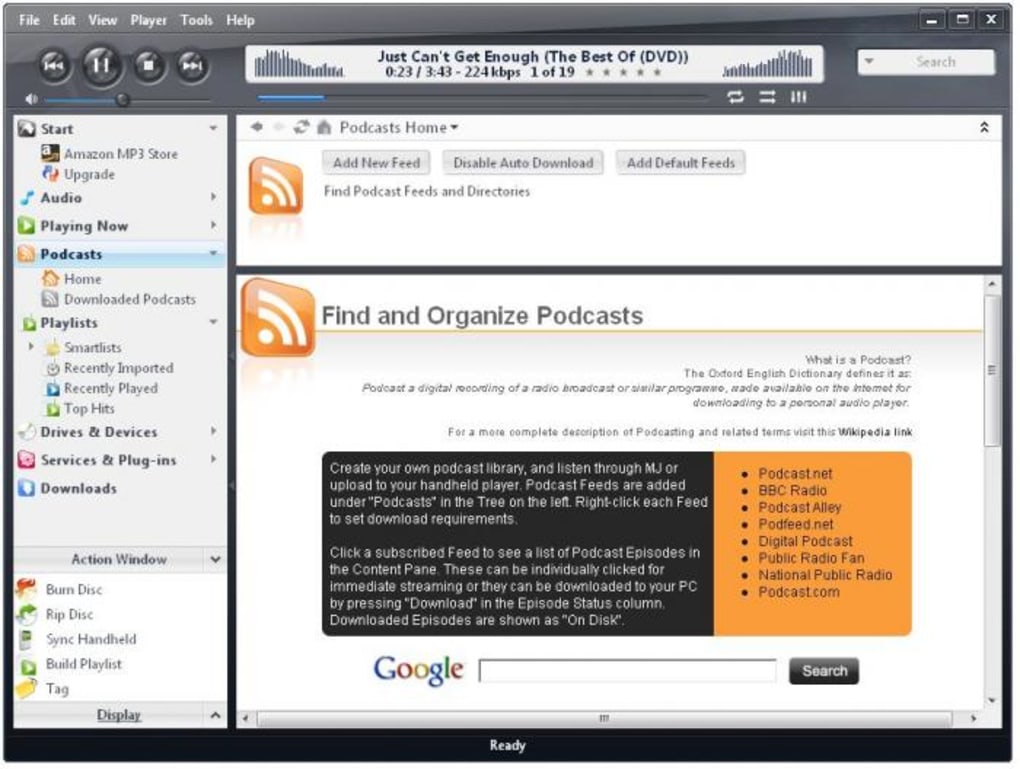

Also, when I found that computer sources always sounded synthetic, and I wasn’t enjoying the sound of my PC, or most of the Music Servers that I tried, again, this was in the context of my (very critical) main audio system.

For example when I advocated WaveOut above DirectSound for use with Winamp 5 because it sounded more fluid, fuller and more relaxed, I deliberately used a non-bit perfect output method because I preferred the resulting sound, in the context of my main audio system. However, some of my views on this have now changed. I still stand by this argument, inasmuch that the end result with any audio system depends on the sum of all parts and that above all, fine-tuning and careful matching are paramount. The main reason for my writing this article is to add more nuance to some of the beliefs that I have written about in many articles, and which sometimes contradict with sensible digital audio knowledge.Īlthough I have always known that in the digital world bit-perfect should be the way to go, I’ve argued that depending on circumstances, “bit perfect” needn’t actually sound most musical of all the available output options and that accuracy isn’t necessarily synonymous with better musicality. Read on!Ī correction on my computer audio views thus far This changed recently with the introduction of a pair of Genelec 8050’s in the secondary setup. Subsequently, I have been slow to jump on the Windows 7 bandwagon, simply because I never felt the need to optimize a music source that I didn’t use primarily anyway. This is mostly because I found that dedicated audio players, such as Sooloos from Meridian and the AudioAanZee Ultra Flow, sound much better in my main system than anything I tried with the PC.

It’s been quite some time since I wrote about optimizing computer audio. Genelec 8050 and Wadia 121 with a Computer Source in the secondary setup


 0 kommentar(er)
0 kommentar(er)
